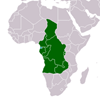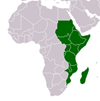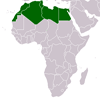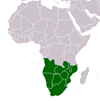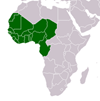Joint Radio Resource Management in Cognitive Networks
Joint Radio Resource Management in Cognitive Networks
In this chapter, Joint Radio Resource Management (JRRM) issues in cognitive networks are discussed presenting the TV White Spaces (TVWS) spectrum exploitation use case. TVWS are portions of UHF spectrum, which will be released and interleaved according to the geographical region due to the gradual switch-off of analogue TV and the adoption of digital TV. With the availability of TVWS and their temporary lease, traditional network planning and RRM design rationale points need to be enhanced. This chapter provides state-of-the-art work for existing cognitive radio network architectures, while a reference architecture for commons and secondary TVWS trading is proposed. Subsequently, JRRM concepts for heterogeneous Radio Access Technologies' extension over TVWS aiming to continuously guarantee the QoS, the network key performance indicators, and at the same time targeting the overall highest system capacity, are presented. Finally, a thorough classification of existing admission control and scheduling techniques are provided, outlining the need for including continuously more cognitive and context-aware features in JRRM algorithms being applicable in advanced Heterogeneous Networking (HetNet) environments.
CITATION: Bourdena, Athina. Joint Radio Resource Management in Cognitive Networks edited by Lagkas, Thomas D. . Hershey, PA : IGI Global , 2013. Evolution of Cognitive Networks and Self-Adaptive Communication Systems - Available at: https://library.au.int/joint-radio-resource-management-cognitive-networks

